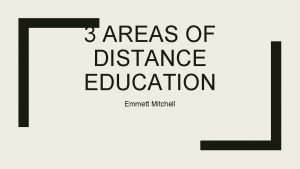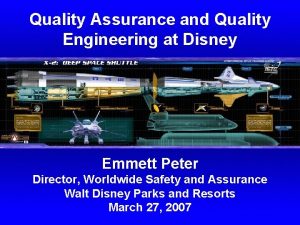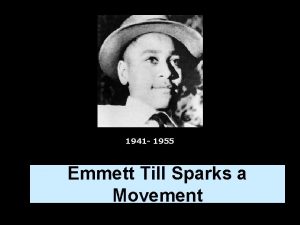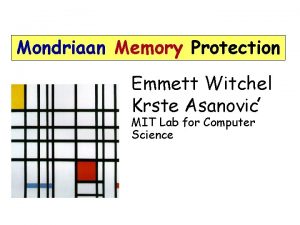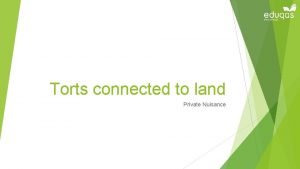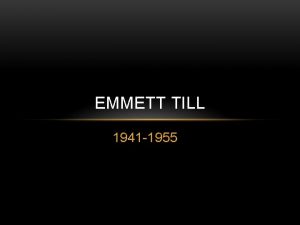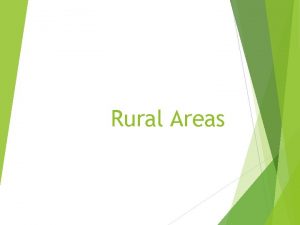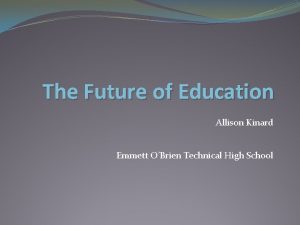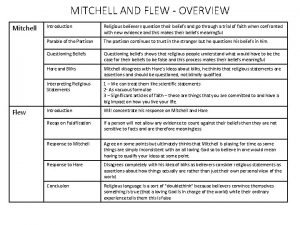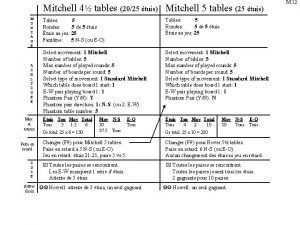3 AREAS OF DISTANCE EDUCATION Emmett Mitchell Distance











- Slides: 11

3 AREAS OF DISTANCE EDUCATION Emmett Mitchell

Distance Education ■ “Structured learning that takes place without the physical presence of the instructor”

Traditional Classroom With Online Activities ■ In-person classroom but include one or more online activity ■ Online activities usually enrichment activities – Webquests – Virtual field trips – Locate sources on topics students have been assigned to research

Online Classroom With In-Person Events ■ Avoids student fraud and cheating – Organizations have students come in person to a testing center to complete exams ■ Blended experiences result in better learning outcomes than either traditional or fully online one

Flipped Classroom Model ■ Students engage with concepts via a technology such as a vodcast, or a video uploaded to an online site, before coming to class, then spend class time on learning activities in which they apply and expand on their pre-class activities – Flexible learning environments – Learning culture shift – Intentional content – Professional educators

Research & Findings: Effectiveness and Impact ■ No significant overall differences in achievements between distance and face-toface course ■ Dropout rate usually higher in distance courses

Research & Findings: Course Quality ■ The most successful courses have: – High interaction – Instructor and other support throughout the course – Fewer technical problems and good technical support when problems occur

Research & Findings: Effective Distance Learners ■ Students likely to drop out due to a combination of variables ■ Characteristics of successful distance learners include self-motivation and ability to structure one’s own learning, previous experience with technology, good attitude toward course subject matter, and internal focus of control ■ Other contributors to success include spending more times online and increased computer self-efficacy

Research & Findings: Effective Distance Instructors ■ Effective distance instructors have good: – Course planning and organization that capitalize on distance learning strengths and minimize constraints – Verbal and nonverbal presentation skills specific to distance learning situations – Collaborative work with others to produce effective courses – Ability to use questioning strategies – Ability to involves and coordinate student activities among several sites

Research & Findings: Cost-Effectiveness ■ Broadening access to reduce overall costs ■ Use of research-based principles and best practices from the learning sciences ■ Individualizing & differentiating instruction based on diagnostic assessments and preferred place of learning ■ Building on student interests, which can result in increased student motivation, time on task and better learning outcomes ■ Making better use of teacher and student time by automating routine tasks ■ Increasing the rate of student learning ■ Reducing school-based facilities costs ■ Reducing salary cost by transferring some educational activities to computers ■ Economies of scale through reuse and larger-scale distribution

Bibliography ■ Roblyer, M. D. (2015). Integrating educational technology into teaching (7 th ed. ).
